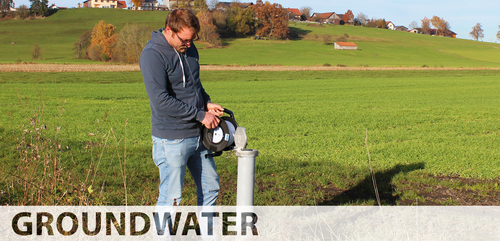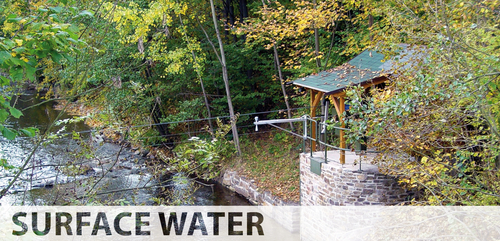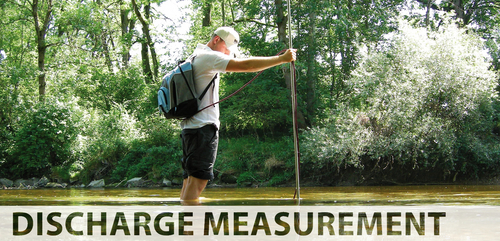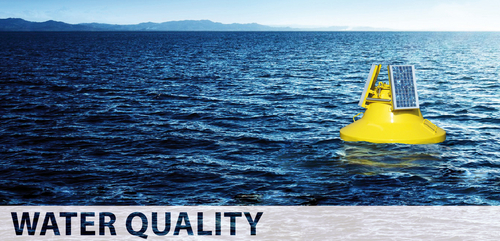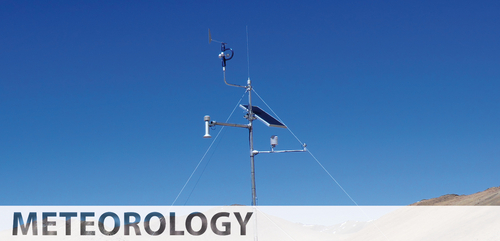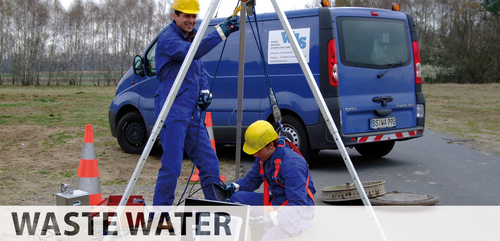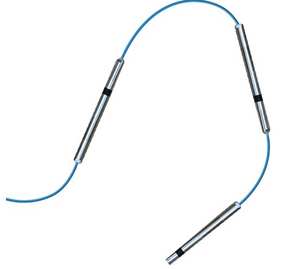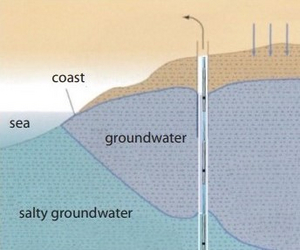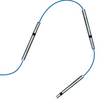
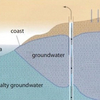
How does EC relate to TDS and salinity?
EC stands for Electric Conductivity. A measurement that is very commonly used in groundwater measurements and in open water measurements.
What is EC:
The EC (electric conductivity) actually is a measure of the capability of the water to pass electric flow. The measured value is an important parameter in water quality measurements. Pure water, with a low concentration of ions, has a very low conductivity. Water that contains a high concentration of ions, like dissolved salts or inorganic chemicals, will conduct the electric current much better: it has a high conductivity. The EC is being measured in S/m (Siemens/meter) but normally it is being expressed as mS/cm or µS/cm.
Why is it interesting to measure EC:
Because it will tell us something about the possible contamination of the groundwater or open water, river or lake that we measure. As example: in coastal areas it can show if and how far the penetration of salt (sea water) has gone inland.
A common groundwater measurement is the measurement of water level. This groundwater level measurement is normally performed by using rugged probes that measure pressure.
The logical step was to combine this level pressure measurement with an EC measurement: the PTEC version giving Pressure, Temperature and EC measurement in one probe.
By measuring the EC value it is possible to calculate from this the salinity. This makes it relatively easy: salinity of groundwater (saltwater intrusion measurement) or salinity of open water (channels and rivers) is available as a value and can stored in the memory of the groundwater level datalogger or it can be transmitted directly to your web application when the datalogger has an internal modem.
TDS stands for Total Dissolved Solids. TDS can be calculated from the EC measurement value. Normally a straight forward calculation is being used to calculate TDS from EC. When comparing values from different instruments it is important to know what conversion factor has been used.
In water quality measurements of groundwater or open water it is likely that it is more important to see the relative change over time than an exact value.
Images:
Saltwater intrusion measurement: Multiple measurements in groundwater at the same time: measuring temperature and EC at different levels! Giving calculated Salinity, TDS and water density values as additional outcome. Application: measuring of saltwater intrusion in groundwater along the coast.

